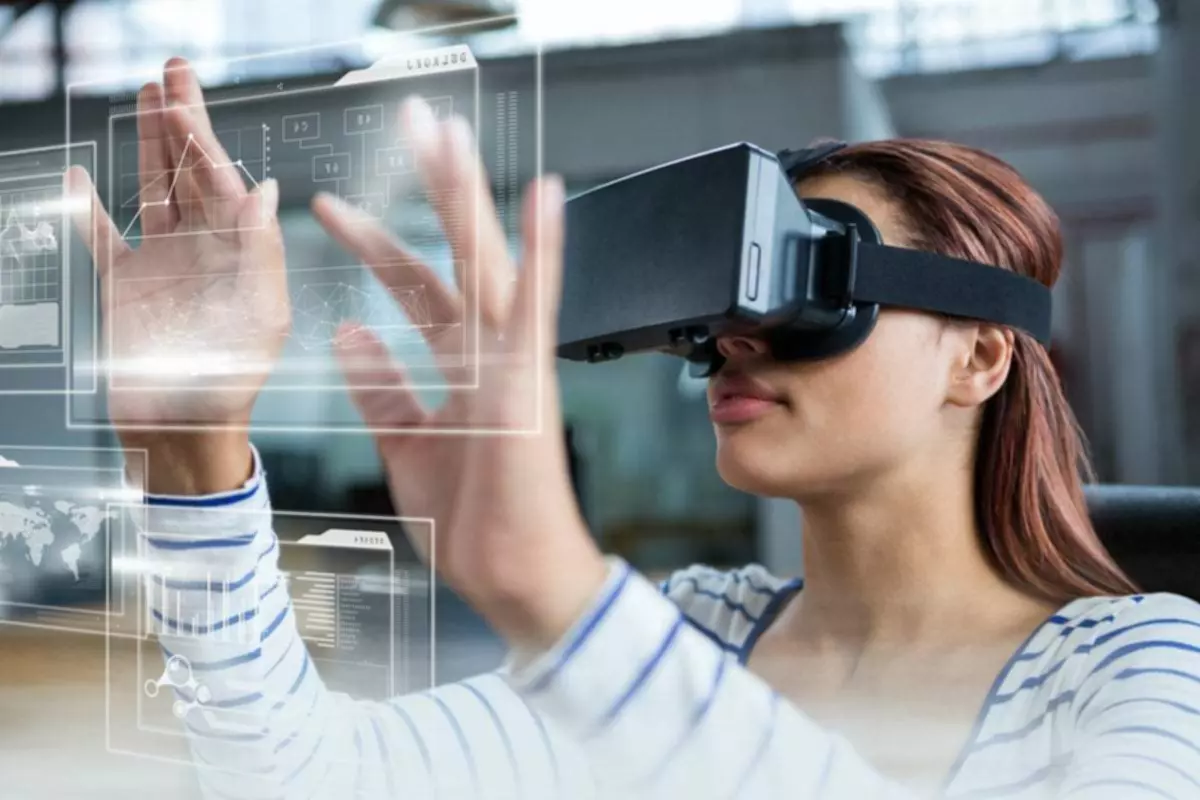Content
Senior executive teams in particular are critical to your organization’s success. They provide strategic and operational leadership, while also building the foundation for your culture and serving as a model for other teams. How well the executive team functions as a collective leadership body and how its members interact is emulated https://globalcloudteam.com/ throughout the organizational hierarchy. The Creating stages of Drexler A and Sibbet E correspond to Forming, Storming and Norming stages of Tuckman B Model and Sustaining stage corresponds to Performing and Adjourning stages. The proper transition through creating stages is important and has strong implications for team performance.
- A team sponsor is a person who provides the team with the goal and the resources needed to accomplish that goal.
- Inattention to results occurs when members of the team seek individual recognition and goals at the expense of the collective goals and often work towards ‘saving own skin’ and pass on the blame.
- Each training programme is engaging and experiential, providing opportunities for interaction and reflection throughout.
- Proper conflict management contributes to higher effectiveness, trust, and openness and results in successful conflict resolution.
- Let them know that you have faith in their abilities and that you are confident they can handle the task at hand.
- Often, knowing how to effectively facilitate a team is the key to success.
It can also help you predict how much additional time your group might need to complete the current project. Even if your group has two or three leaders, you can’t alwaysmonitor your team. life cycle of a team You can’t look over their shoulders and make sure that everyone is doing their work. Ideally, your team is made up of reliable people that know and fulfill their responsibilities.
Five core dimensions that enrich jobs
But don’t panic, not all teams go through this period of storming. These 5 stages of team development are still relevant today – perhaps now more than ever as more businesses work remotely. At this time, he proposed four stages of team development that he believed necessary in order for a team to grow, tackle problems, find solutions, and deliver results.
Provide them with team leadership development that equips them to communicate and collaborate with one another virtually. We can deliver our world-class, research-based content on Leading Virtual & Remote Teams — or you can. Maybe your team is humming along in the “performing” stage, then a new person joins. Likewise, a strategic pivot for the company sends your team back to the “storming” phase. Have you employed Tuckman’s stages of team development model when working with your own team? We’d love to hear about how you helped your team grow and what methods you employed while doing so!
What are the stages of group development?
You’re not sure who is doing what, or how to break this epic project into smaller components. Work Life is Atlassian’s flagship publication dedicated to unleashing the potential of every team through real-life advice, inspiring stories, and thoughtful perspectives from leaders around the world. A workshop to review team priorities and made choices about what to focus on individually and collectively. The workshop challenges members to reflect on where they can have the most impact and influence.

When a group of any kind first meets, it’s critical that things start off on the right foot. This is where teams get to know each other, the abilities of their teammates and the details of the project they will all work on together. The goal at the end of the forming stage is to have a team that is comfortable with one another and excited to begin work on a project. His theory was further developed by PhD student Mary Ann Jensen ten years later. In 1977, she added the last stage — Adjourning — thereby completing what we now know as the modern theory of Team Development. Feedback has its own host of benefits to team development.
Create Your Team’s Culture
It takes time and effort to get a team to reach its full potential — but it’s well worth it in the end. You can also choose to end each meeting with insightful and constructive feedback that improves the group process. To take it one step further, leave specific time for this feedback when you outline the meeting agenda. That way, it’s built-in to the time and it’ll never go forgotten.

In Tuckman’s original 1965 paper, 50% of teams actually jumped directly from stage 1 to stage 3, but for those that did not, the duration and intensity of the “storms” were varied. And in 1977, he added a fifth stage to cover the breaking apart of a team at the end of a project. The major drawback of the norming stage is that members may begin to fear the inevitable future breakup of the group; they may resist change of any sort. The link between the management of employees and patient mortality in acute hospitals.
What is team development?
A communication plan is an outline of how your team is going to communicate important information to key stakeholders. Clarity on the various avenues of communication allows team members to effectively get work done, understand their roles, and know where to find the information they need about work. Establishing a communication plan can help you do all of these things in a way that’s easy for your team to follow. By gaining a better understanding of the 5 stages of team development, you should have the tools you need to help your team collaborate more efficiently and productively. Of course, issues will still arise at every stage – even here – but at this stage, team leaders should have all the tools and understanding they need to resolve problems quickly and effectively. Teams assembled for specific project or for a finite length of time go through a fifth stage, called adjourning , when the team breaks up.
As a result, they’re unsure of how they’ll interact together. At this stage, the group isn’t very productive, as they’re still getting acclimated and figuring out the role that each person will play on the team. Be sensitive to the frustration that can mount when the team is not achieving consensus. At the outset of your meeting, establish time limits, and work with the team to achieve consensus within those parameters. Watch out for false consensus; if an agreement is struck too quickly, be careful to probe individual team members to discover their real feelings about the proposed solution. The second stage of team development is usually the most tumultuous, hence the name.
Take your learning further
Effective team development activities are designed for a specific team’s needs and take account of its stage of team development. Facilitators work with the sponsor to agree a team development plan to include clear objectives, timescales, and ways of measuring the impact of the work. In the performing stage, consensus and cooperation have been well-established and the team is mature, organized, and well-functioning. There is a clear and stable structure, and members are committed to the team’s mission.

